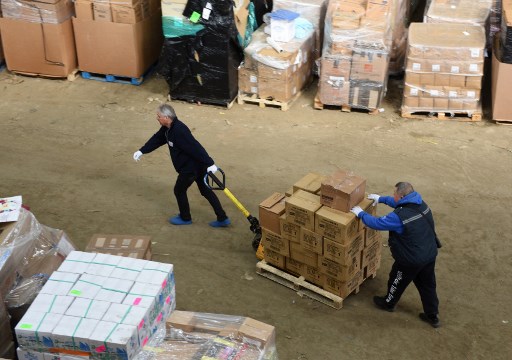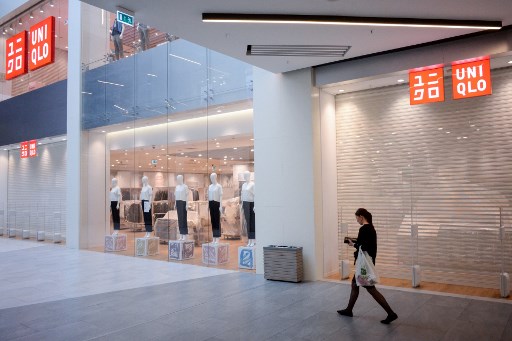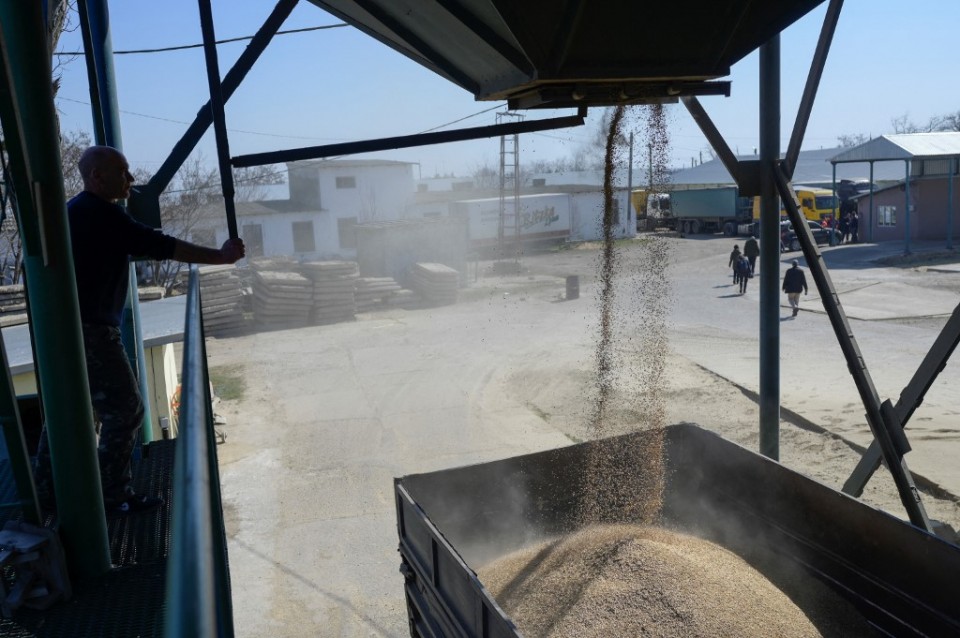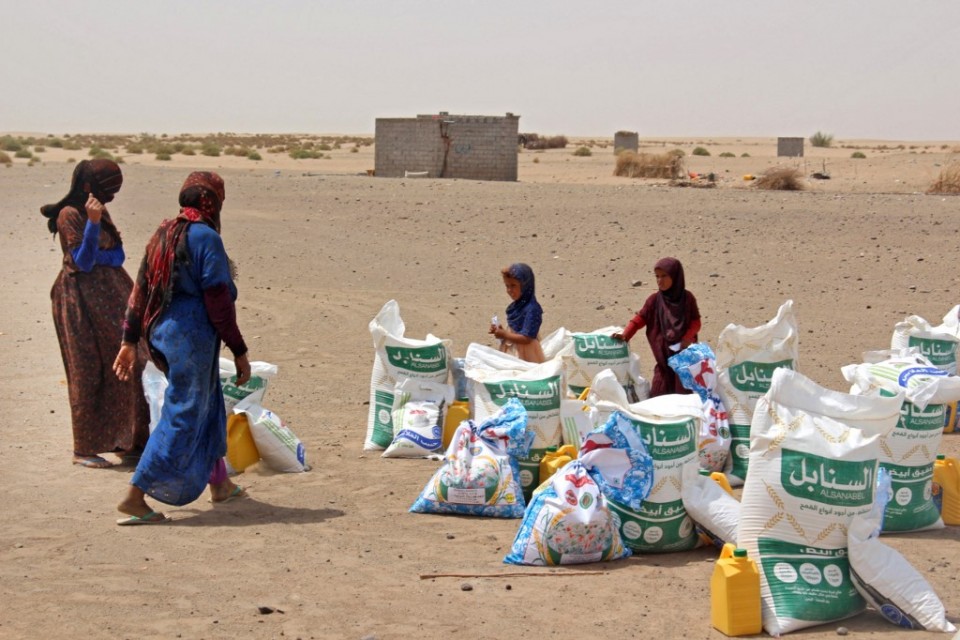
by Robin MILLARD
Agence France Presse
GENEVA, Switzerland (AFP) — Russia’s war in Ukraine could almost halve world trade growth this year and drag down global GDP growth too, the World Trade Organization projected Monday.
The WTO said that the Russian invasion had not only created a humanitarian crisis of “immense proportions” but had also dealt a “severe blow” to the global economy.
It also said that in the longer term, the conflict could even spark a disintegration of the global economy into separate blocs.
The Geneva-based global trade body issued its first analysis of the impact of the war ahead of its annual world trade forecast report on Tuesday.

It said that while the shares of Russia and Ukraine in overall world trade and output are relatively small, they are important suppliers of essential products, notably food and energy.
“Using a global economic simulation model, the secretariat projects that the crisis could lower global GDP growth by 0.7 to 1.3 percentage points, bringing growth to somewhere between 3.1 percent and 3.7 percent for 2022,” the WTO said.
“The model also projects that global trade growth this year could be cut almost in half from the 4.7 percent the WTO forecasted last October to between 2.4 percent and three percent.”
– Europe, Africa, Middle East impact –
Russia invaded Ukraine on February 24 and the war is grinding toward its seventh week.
The WTO said that some regions would be more strongly affected by the war than others.
Europe is the main destination for both Russian and Ukrainian exports and therefore is likely to experience the heaviest economic impact, the organisation said.
Reduced shipments of grains and other foodstuffs will boost the prices of agricultural goods, with negative consequences for food security in poorer regions, it added.

Africa and the Middle East are the most vulnerable, as they import more than 50 percent of their cereal needs from Ukraine and/or Russia.
The WTO said some sub-Saharan countries were facing the possibility of price hikes of up to 50 to 85 percent for wheat due to the war’s impact on grain shipments.
“The brunt of the suffering and destruction are being felt by the people of Ukraine themselves but the costs, in terms of reduced trade and output, are likely to be felt by people around the world through higher food and energy prices and reduced availability of goods exported by Russia and Ukraine,” the WTO study said.
“Poorer countries are at high risk from the war, since they tend to spend a larger fraction of their incomes on food compared to richer countries.
“This could impact political stability.”

– International trade ‘decoupling’ –
The WTO said one longer-term risk from the war is that it could trigger a disintegration of the global economy into separate blocs.
It said sanctions could cause major economies to move toward “decoupling” based on geopolitical considerations, with the goal of achieving greater self-sufficiency in production and trade.
Even if no formal blocs emerge, private actors might decide to minimise risk by reorientating supply chains.
The WTO warned that the income losses from such a development “would be severe, especially for emerging and developing economies”.
“At a global level, it could reduce GDP in the long run by about five percent, notably by restricting competition and stifling innovation,” it said, cautioning that the GDP decline could be even more severe.
© Agence France-Presse








